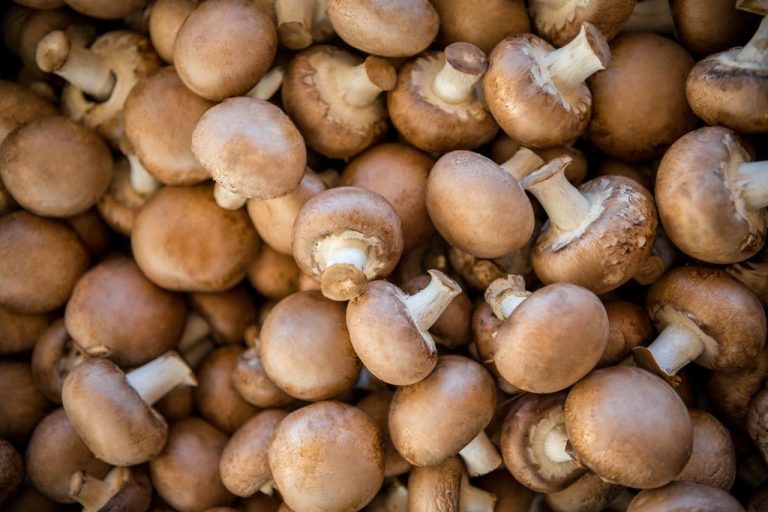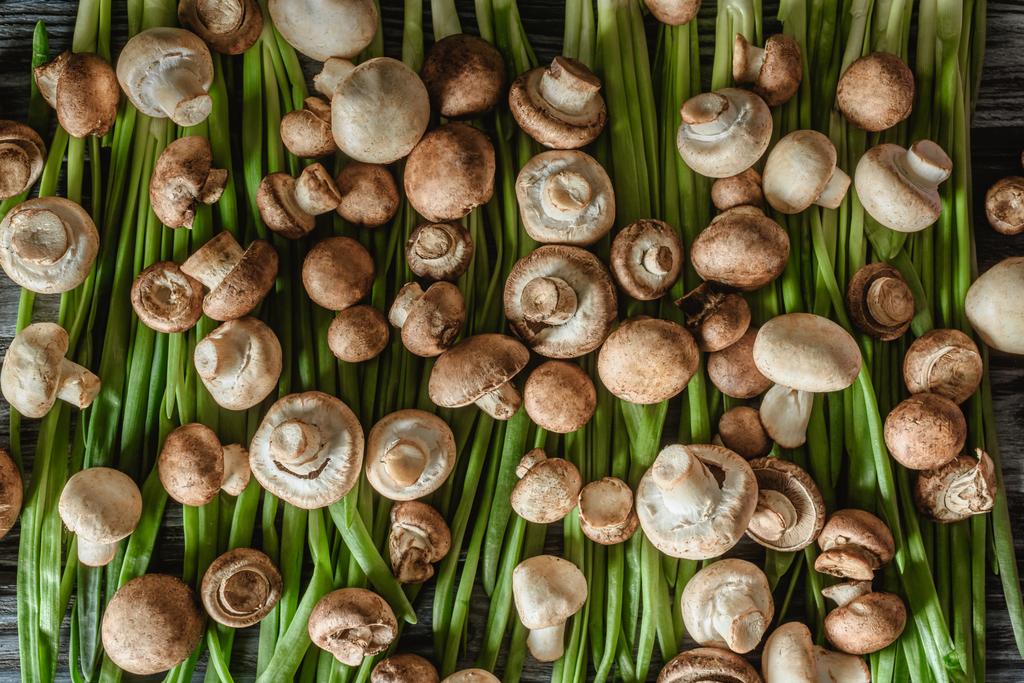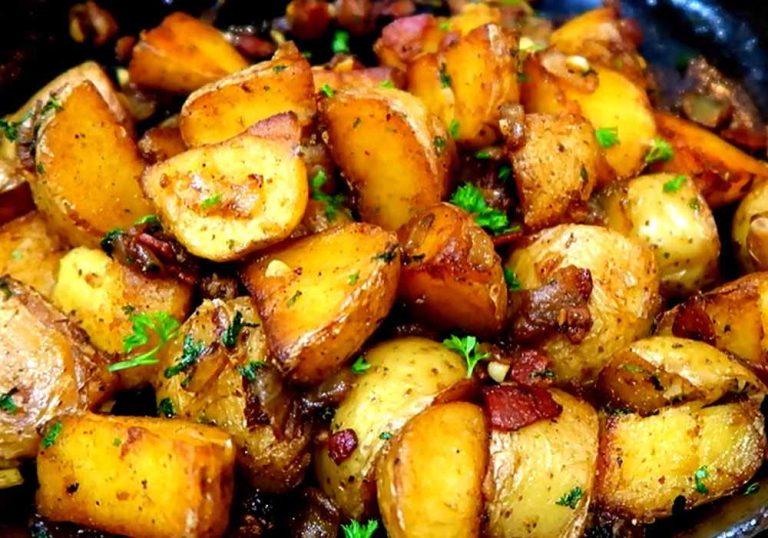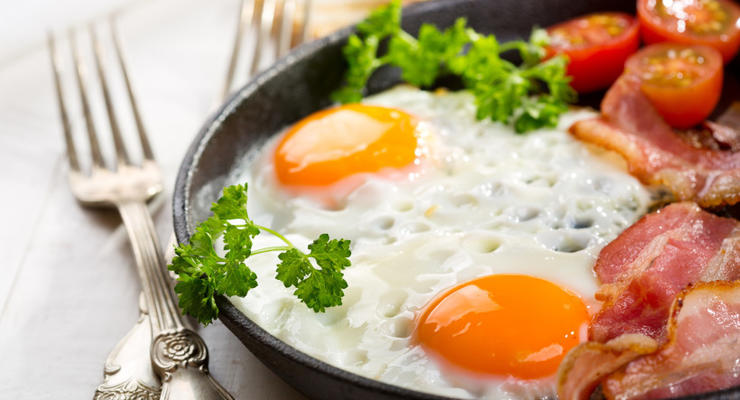The days are getting shorter and colder. Many dishes and teas contribute to the body developing heat. Spices in particular provide inner warmth. This is not new, most spices that have this effect have been used in pastries or drinks around Christmas time for ages. Therefore, use the following spices in winter and stay healthy.
Clever spices in the cold winter
And with good reason, at that time it was always particularly cold and the warming effect of various spices was recognized very early on. These spices are usually hot and trigger a pain stimulus in the body. The body reacts to this stimulus with heat. The warming spices can be used in many dishes, not just at Christmas.
1) Cloves

With the cloves are the flower buds of the clove tree. They have a peppery, hot taste. Cooked in tea, they develop a strong heat. They go very well with sauerkraut, red cabbage, or an apple compote. Sauces, vegetables, and meat dishes are refined with cloves. In addition to the warming effect, they activate the body’s own defenses. By the way, if you want to test the quality of the cloves, put them in a glass of water. If the carnations float upright in the water, they are of good quality and have a correspondingly good effect.
2) Chili
Chili is a nightshade plant-like pepper. The chili is the hot little pods, while the peppers or hot peppers are larger and less hot. Capsaicin is responsible for the sharpness and addresses the pain receptors of the mucous membranes. In addition to the warming properties, chili releases endorphins, which ensure that a pleasant feeling of happiness spreads. In addition, chili has an antioxidant, anti-inflammatory, and pain-relieving effect. A pinch of chili refines almost every dish and gives it a pleasantly spicy taste. Chili with chocolate is a very special taste experience, exotic but excellent.
3) saffron
Saffron is the most precious and expensive spice in the world. About eight hundred flowers are needed to obtain five grams of saffron. Saffron is the dried stigma of the saffron flower. Saffron is responsible for the yellow color of the dishes in which it is used. The taste is bitter-aromatic. Saffron should be dosed carefully. Saffron is probably known to everyone in paella, but it also goes well with rice dishes, fish, meat, and pasta.
4) cinnamon
Cinnamon is obtained from the bark of the cinnamon tree. Cinnamon is indispensable in Christmas baking and mulled wine. Cinnamon has a delicate, sweet taste. Cinnamon is used in baked goods but also refines roast lamb, and Indian curry and is excellent to enjoy in tea. Cinnamon develops the warming property in every variant.
5) Nutmeg
Nutmeg also has warming properties on cold days. The spice has a bitter, fine-spicy taste. A touch of nutmeg refines potato dishes, white sauces, cream soups, chicken fricassee, and scrambled eggs. Many types of vegetables can be refined with a pinch of nutmegs, such as cauliflower, red cabbage, peas, kohlrabi, and carrots.
6) pepper
Another classic warming spice is pepper. There are black, green, red, and white peppers and cayenne pepper. Pepper is available in mild and fiery-hot versions, ground or whole grains. It is important to know that pepper is not heat-resistant for long, so it should only be added to the food fresh from the mill just before serving.
7) Curry
Curry is not a spice in its own right, but a mixture of different spices. Among other things, cloves, cinnamon, allspice, turmeric, caraway, mustard seed, and ginger are contained in curry. Some the spice mixture consists of up to 36 different spices. The aroma ranges from mild to spicy to hot. Curry refines almost all dishes, vegetables as well as meat or exotic dishes. The hotter the curry, the more warming it is on cold days.
8) Ginger
Ginger is a root that is used as a spice. Essential oils, resin acids, resin, and gingerol make the ginger spice so healthy. It contains lots of minerals and is rich in vitamin C. Ginger also has a wonderful warming effect. Freshly chopped or grated ginger can be added to any dish. Ginger tea offers a lot of warmth on a cold day. Fresh ginger is grated or sliced and boiled for fifteen minutes. With a little honey, freshly squeezed lemon, or drunk pure, the cold disappears immediately and a pleasant inner warmth spreads.
9) Turmeric

Turmeric, a plant from the ginger family, also provides inner warmth. Turmeric smells similar to ginger, has a very spicy taste, and is slightly bitter. The spice goes well with potato and vegetable dishes, rice, soups, spreads, or pancakes. Turmeric tea also brings inner warmth. For turmeric tea, about a quarter teaspoon of turmeric is poured with hot water, about 200 milliliters. A quarter teaspoon of ginger and a pinch of black pepper complete the taste. The tea can be sweetened with sugar, honey, or stevia.
10) cardamom
Cardamom is a warming spice that has both sweet and pungent flavor components. Cardamom is an integral part of Christmas baking and mulled wine. However, it goes well with both sweet dishes and savory dishes. Lamb, chocolate cream or cake, or cardamom gives almost every dish that certain something.













